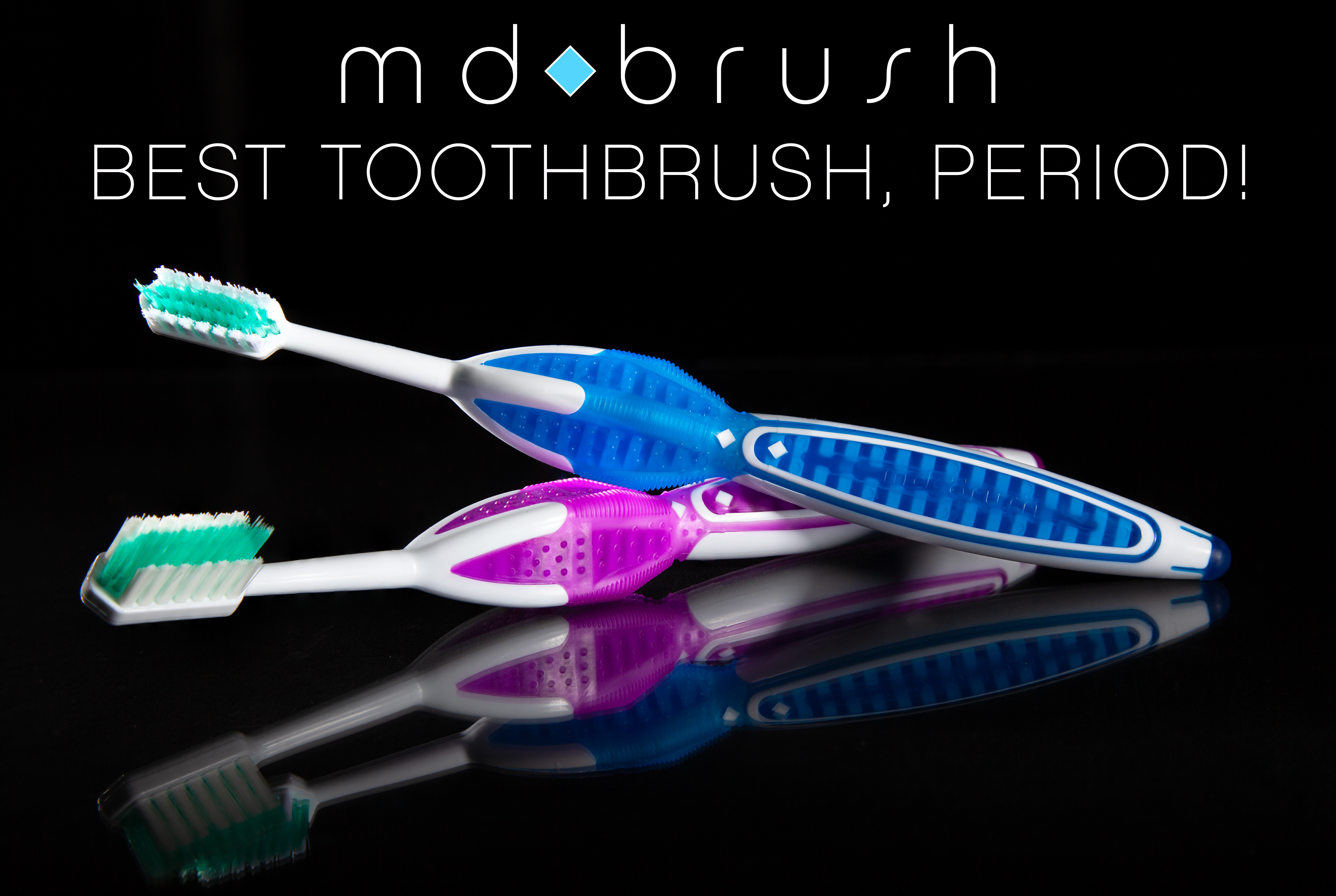Bacteria Can Cause Gum Disease in 72 Hours

The trick to preventing gum disease is learning what it is, how it works and most importantly how you can diagnose it at home in order to kill it. Gum disease can form in 72 hours if bacteria is not properly removed by oral hygiene routines.
Firstly, Gum disease comes in two flavors. Gingivitis is an inflammation of the gums only and will show up as red, swollen, bleeding gums. Gingivitis can be very subtle and requires a keen eye to spot. If you don’t know what to look for it can be easy to miss. Alternatively, Periodontitis is the big brother to gingivitis and is where the gum and bone start to break down due to sustained inflammation. Essentially the gingivitis wasn’t corrected and morphed into periodontitis. Both forms of this disease are caused by the incomplete removal of bacteria from below the gum line.
The Sulcus – ground zero
The point where you see the gum and the tooth meet is NOT where they meet. In a normal situation, the gums will physically attach to the tooth about 3mm below what you would identify as the gum line. This difference creates a small pocket around every tooth or what we in the dental community call a sulcus.
If there is a flaw in the human body, the sulcus is it. The natural anatomy of this pocket causes it to fill up bacteria when we eat. If not cleaned out daily via brushing and flossing this dental plaque will trigger inflammation which will lead to our old friend gum disease.
I tell my patients that this little pocket is like an O-ring that prevents bacterial bugs from the outside world from invading the inside of our body. Everything remains cool as long as the O-ring is tight and healthy. However if you slap a bunch of dental plaque on it and wait three days, not only will you have an inflamed O-ring that we can call gingivitis, but you’ll also have an open pathway for bacteria to directly enter your bloodstream, and that’s not good. When gums turn red and start to bleed it means bacteria can enter the blood. Healthy gums will not bleed.
So what does gingivitis look like?
Take a look at the picture below. The teeth that have gingivitis have a small red halo right at the gum line. This is caused by bacteria living just below the gum line inside the sulcus. The body has recognized the bacteria as a threat and has increased the blood flow to the affected areas in an effort to kill the bacteria with white blood cells. The increased blood flow is what’s causing the gums to turn red. Furthermore, brushing these areas will cause the gums to bleed. Too often we incorrectly assume that blood means we should stop brushing the area when just the opposite is true. Don’t kill yourself with the brush, just ensure sure you make good contact at a 45-degree angle and the gums will heal.

72 hours
The type of gum disease (gingivitis) pictured above is the most common form. This is a mild form of the disease but still allows bacteria to enter the bloodstream which increases the risk of developing heart disease, diabetes, stroke, Alzheimer’s and certain forms of cancer. However, with good brushing and moderate flossing, it can be removed in 72 hours, but it can come back just as quickly. We never really win the war with gum disease. Our main objective is to keep the bacterial count low so the body doesn’t have to initiate an inflammatory response.
Level up your oral hygiene
- Brush your teeth. The type of toothpaste you use is irrelevant but how you brush is critical. Don’t brush in circles, side to side is just fine. Additionally, if your gums bleed when you brush or floss you need to change. I recommend the MD Brush which places you at the correct 45 Degree angle to clean out the sulcus where bacteria love to grow. The MD Brush improves the behavior of brushing by addressing stroke and angle of attack which then improves the muscle memory associated with brushing. This kind of change can have lasting benefits for your health.
- Floss. Remember you are trying to scrape the sides of the teeth. So, make sure to pull and push against the teeth as you slide the floss down in-between. Simply popping the floss in and out is not enough. Floss and repeat until the floss doesn’t stink. I do not recommend those floss pick wishbone things since they only transfer bacteria from one place to another. Once you floss an area you must use a new piece of floss for the next area.
- Brush again, but this time instead of using toothpaste, use Listerine mouthwash. You’ll be brushing with a liquid so it will be running down your arm and making a mess. Don’t rinse, just let it linger. It will continue to kill bacteria for up to 5 hours provided you don’t rinse or drink anything.
Written by, Mike Davidson – Maverick Dental Hygienist, CEO MD Brush, LLC


